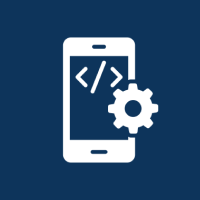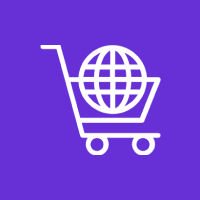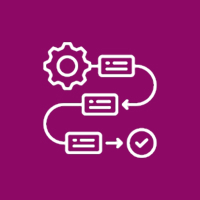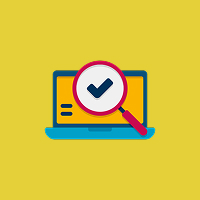Setting up a secure application in today’s digital space becomes paramount with emphasis on securing users’ data and privacy. This is now possible with the help of Angular in setting up secure authentication with core tools and best practices, including dependable authentications using OAuth and JWT. Here, we’re going to take a closer look at how to build a secure Angular authentication system, why it matters, and how to enhance the user experience while building the system.
Why Secure Authentication Matters
Secure authentication is at the core of any application’s data protection. It basically ensures that only authorized users get access to sensitive areas. This way, your audience will trust you and your brand. Through securing your application, it prevents unauthorized access, hence saving user data.
Getting Started with Angular Authentication
Angular comes pre-built with many tools and capabilities to implement secure login access, data access control, and verification of users. Probably one of the most used methods of token-based authentication such as JWT or OAuth, is quite frequent, since it is an effective way to avoid saving the sensitive data in actual, which makes everything relatively simple and secure.
Step 1: Identify your Authentication Needs
Determine how much security your application actually needs. Consider the following:
- Different Access Levels: If you are offering other than multiple users, then different access levels do you have?
- Data Are Not: Either dealing or Are You not with sensitive information?
Once you clearly outline the necessity you will be deploying the best authentication process there is for your users.
Step 2: Authentication Services
Services and guards in Angular can be used for authenticating. Having such services will let you take care of login, logout, and session management within your application, which thus prevents unauthorized access and proper token handling.
Step 3: JWT for Token-Based Authentication
Amongst the most widely used tokens for authentication is JSON Web Tokens or JWT. Once the user logs into a session, it then makes this token and sends it over to the client in an appropriate manner. Now, considering these reasons above, JWTs are important for the same:
- Secure Logins: The tokens provide secure verification with each request.
- Token Expiry: Tokens get expired after a specified time, thus, creating another layer of protection.
- Session management : JWTs make session handling much more convenient as sensitive information do not have to be held on the client-side.
Step 4: Add OAuth third-party authentication
OAuth lets users log in through trusted providers like Google or Facebook. This method is secure and makes logging in simple, as you’re not handling sensitive credentials directly. Users are redirected to the provider’s login page, and once they’re authenticated, they’re granted access to your app—offering both security and convenience.
Step 5: Follow Security Best Practices
To keep your application secure, follow these key best practices:
- Use HTTPS: Encrypt all traffic between the client and the server to secure data in transit.
- Token Expiration and Refresh: Implement token expirations and prepare a refresh mechanism, refreshing tokens when needed
- Role-Based Access Control: App applications with multiple user roles to limit access based on permission.
- Secure Storage: If storage of tokens is required, use HttpOnly and Secure cookies with enhanced security rather than localStorage.
- Enable Logging and Monitoring: Monitor user activity at regular intervals and log errors to detect potential security threats.
Step 6: Improving User Experience in Authentication
The user experience must be improved without any compromise on security so that interaction is smooth and secure. Here are some tips:
- Error Messages: Show appropriate error messages in case of login failure.
- Remember-Me Functionality: Provide it, but limit token expiration time for security.
2. Two-Factor Authentication (2FA)
Two-factor authentication (2FA) is another layer of security that requires another form of user verification aside from a password.
Step 7: Test and Deploy Your Application
Before deploying the application, you should test the flow of authentication completely:
- You should test the login and logout processes
- Unrestricted access to unauthorized people cannot be allowed
- Token is safe because it is stored and retrieved properly.
On confirmation of everything working seamlessly, your application may then be deployed and closely watched to ensure security does not let down.
Building a safe application needs very careful planning and detail on how it is made safe using Angular authentication. Adopting best practices in handling tokens safely utilizing techniques such as OAuth and JWT will ensure that your application is both user-friendly and safe. Ultimately, strong security roots will assure user confidence toward the safety and reliability of their data when using your application.
Contact Us Today













 Database Development
Database Development












































